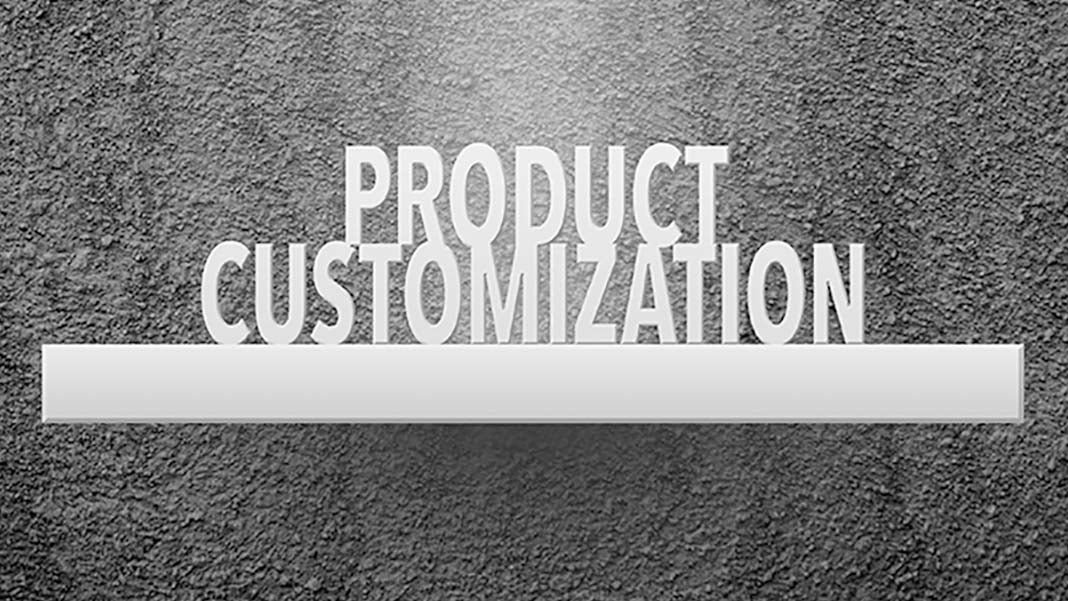How to Use Mass-Customization to Broaden Reach and Boost Bottom Line
By: Susan Solovic

While we know that “one size fits all” is seldom—if ever—true, we know that in sales the more people who are good fits for our products and services, the more profitable we’ll be.
This fundamental truth has created what we call “mass-customization” and it’s a strategy that everyone from retailers on Etsy to huge manufacturing B2B companies are doing.
Yes, I agree, the term is something of an oxymoron, but if you can wrap your brain around the concept, you can put your small business on the path to better sales.
While there are four different approaches to mass-customization, let me start with a simple illustration. Imagine an ecommerce site that designs and sells music education materials, like learning how to play the blues. The original course may have been written by a guitar player with other guitar players in mind.
However, the heart of the teaching materials apply to a wide variety of instruments, so the small business owner decides to pursue other market segments, such as piano players. He soon discovers that his materials that are emblazoned with guitars and talk about different makes of guitars is a turn-off to piano players.
Changing the look
While the core information doesn’t change, the business owner produces a version of his course that includes keyboard graphics. He even creates a micro-site that is designed totally around pianos and keyboards and tweaks all of this email marketing materials so they are customized for guitar players, keyboard players and eventually even saxophone players and others.
Of the four approaches to mass-customization, this one would fall into the “cosmetic” category. The core product remains the same, but its appearance is changed to appeal to different market segments. To pull off this kind of customization successfully, you need to be able to precisely segment your prospects so they get into the right sales funnel and then be sure they are delivered the right follow-on offers after they become a customer.
A good cloud-based small business customer relationship management system will handle this, but there are also challenges in advertising and marketing to find the right prospects. Targeting advertising channels such as AdWords or perhaps even better, Facebook ads, for my music teaching example you need to be able to find people who play the right instruments and are open to learning. If accomplished musicians were included in your ad reach you wouldn’t see a very good response.
As I explained, my example is basically cosmetic. However, there are others that are more substantial. A friend of mine bought an inflatable kayak he uses for fishing. The kayak itself comes in a basic package, however it’s available in a variety of configurations depending on if you want to use it for fishing or whitewater rafting.
Adapting for special uses
This is adaptive mass-customization. Your small business starts with a basic product and the customer gets add-ons to make it suit his or her specific use. With software we see some programs whose functions can be customized by adding various plugins.
Related Article: The Next Wave of Manufacturing Industry Trends
With this approach, not only do you need to deal with prospect and customer segmentation as we discussed above, you also have significant supply chain challenges. With my kayak example, you need to order the specially adapted angler seat in the right numbers and at the right time; increased production for the holiday season is probably required.
When significant investments are required for manufacturing and inventorying products, understanding the customer and product lifecycles is critical. Being able to mine historic industry data and make good predictions can be the difference between posting a profit or a loss.
Working with the customer
For many items, in both the consumer and B2B markets, companies use collaborative mass-customization. In these situations, usually a sales person helps the end buyer get the appropriate bells and whistles.
In their article for the Harvard Business Review on the topic, James H. Gilmore and B. Joseph Pine II point to Japanese eyewear retailer Paris Miki. The company has a computer-based system that allows customers to see how various frames would look on their face and also discuss the requirements of the lenses they need. When the customer and vision professional hit the right look with the right lens, the system sends the information automatically to the lens grinder.
Anticipating requirements
The fourth type of mass-customization is when your supplier knows more about what you need than you do, if I can be so bold! A commercial soap manufacturer might formulate the company’s product to match varying degrees of water hardness around the nation. The end buyer might not even realize this, but when compared to a soap that wasn’t custom formulated, the user notices the superiority.
In this scenario, a solid system must be in place that regulates production and recognizes where product is being shipped to. Surveys on usage and asking about other special circumstances might also be employed to make sure products are being shipped that best match the end use and location.
With all the data we have available today, there are many opportunities for customization, if we are wise enough to first mine that data, create the custom products and services, and then put the systems in place to be sure that we are maintaining tight operational controls.












